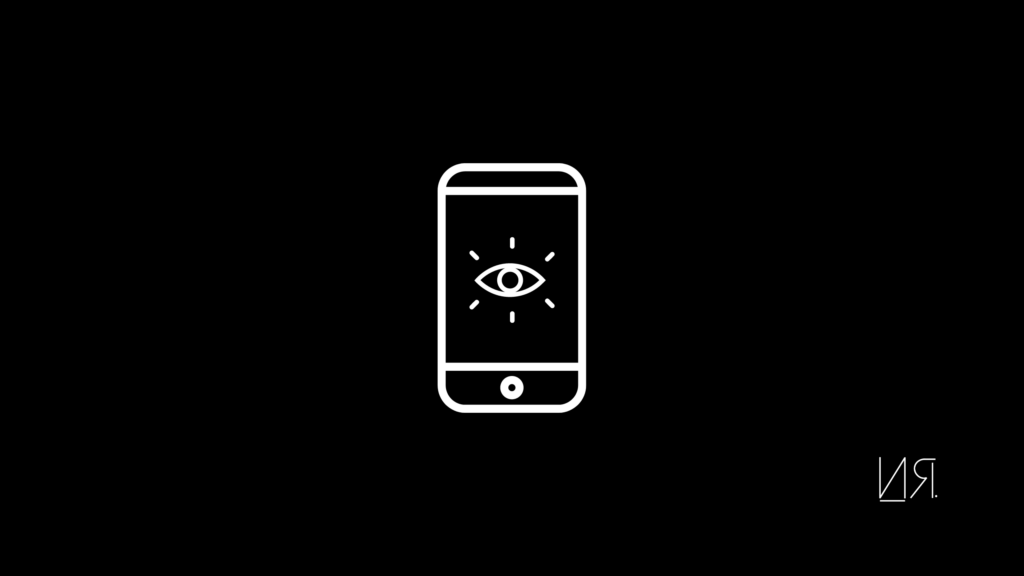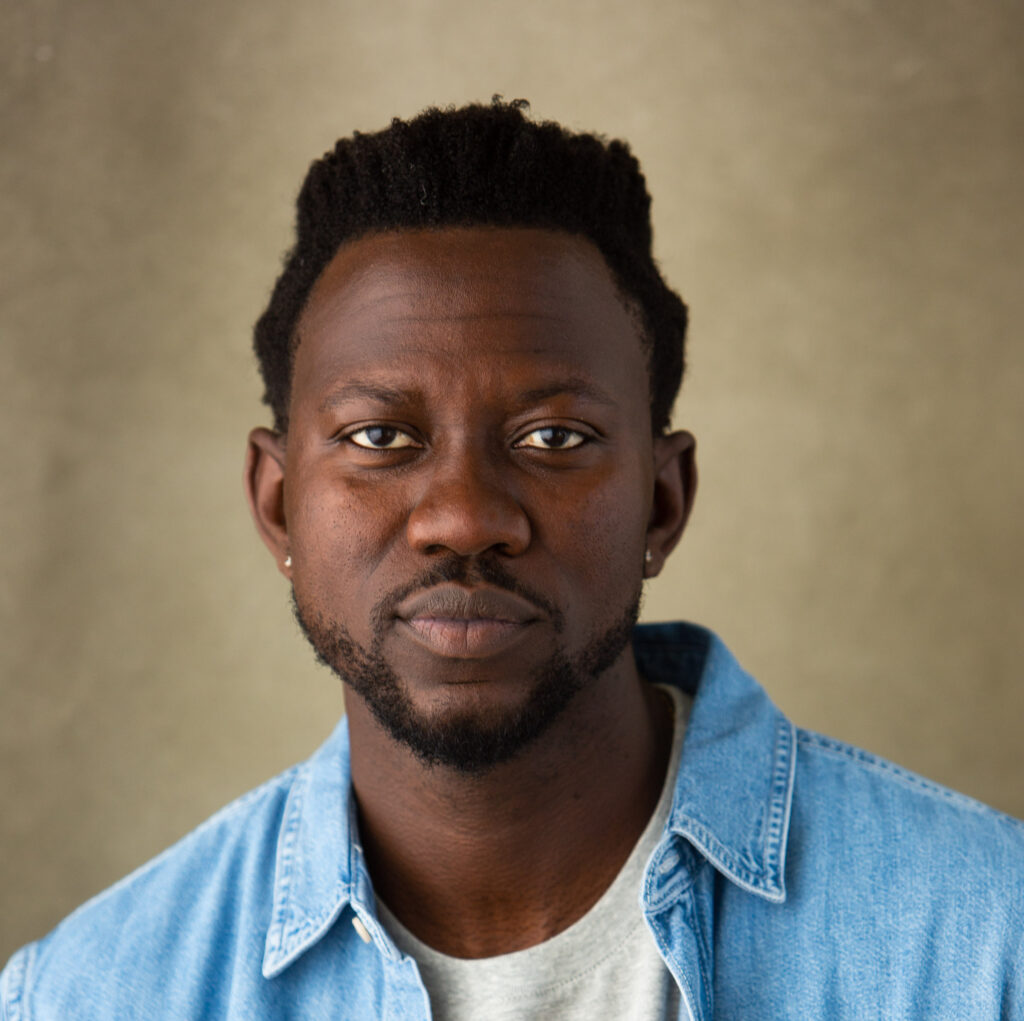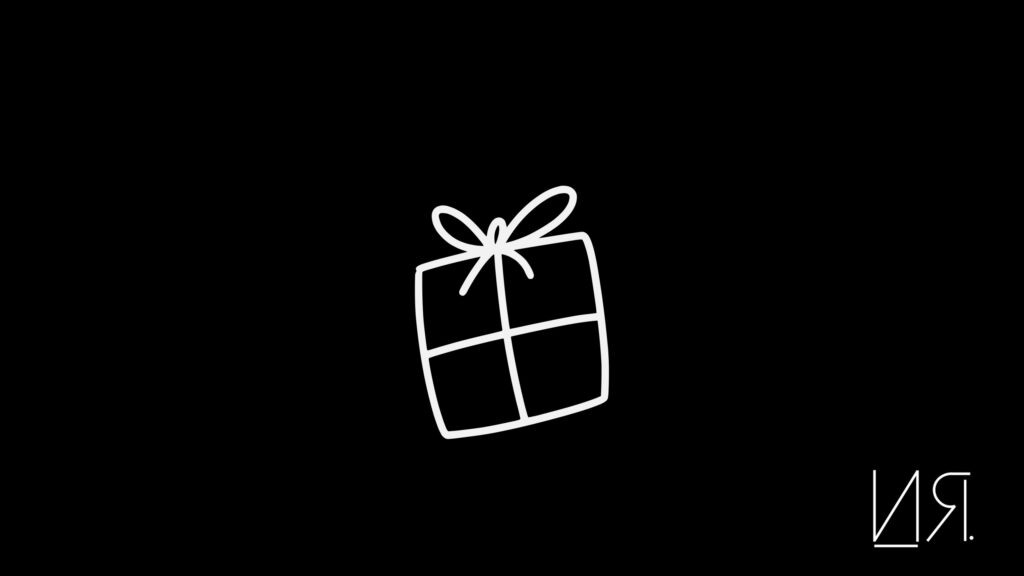It was a dry day as I sat in my apartment in Lagos in December 2016.
Just like any other regular morning in the most populated city in Africa.
The market across the street was bustling. Car horns were blaring from the distant highway. The morning prayers had already blasted off from the megaphones.
I reached over to grab my phone. It was off.
I thought I had charged it the night before. “Oh well.”
I held down the power button. It went on. A few seconds later, it just stayed paused on a white screen.
“What the …”
I plugged it into the charger. Went to grab a glass of water.
I sat back on the bed and turned the phone on one more time. Again…the white screen.
I kept it cool.
I went to the gym, took a shower. It must work this time.
I tried it again…Boom…Once more…the white screen of death.
That’s when it hit me “Oh damn, my phone is no longer working”
Over the 2 days that followed, I went through it.
The withdrawals of my digital addiction.
The concern of all my contacts disappearing. My pictures…oh no.
Sometimes, I’d grab the phone just to see what was happening in my Whatsapp groups. “Oh snap…the phone doesn’t work.”
After going through this feeling of loss for 5 days, something different happened.
I felt some peace that I hadn’t felt for almost 8 years. Just a few months before my phone had packed up, I had gotten off Facebook and Instagram.
With my phone unresponsive, my digital life was totally canceled.
It was the most rewarding and productive time of my life. When I got my new phone, I stayed off. Disconnected from this digital life.
I worked on ramping up my business. I published two books.
2 years ago, I started ramping up my digital life again.
GMs on Twitter. Refreshing for updates. Commenting during down times.
Back at it.
It made me wonder, how do we find balance in an age of indulgence and abundance?
The Disconnected Era
People are more disconnected from one another than ever before.
Look around the family table, everyone is seated but most are on their phones.
Head down, deep on the internet streets, looking for their next content hit.
People are walking or crossing the road in real life but looking at their phones in search of the next metaverse.
I’m guilty of all this too.
This addiction is driven by our need to over-consume.
The more we do it, the more disconnected we feel. The opposite of what these devices are supposed to do.
Wait a minute….
I can hear the digital protesters thumbing their screens.
“I’m not the only one on my phone…Am I?” “Where else am I supposed to read your letters? It’s not like you send physical letters” “What do you want me to be? A monk? I should throw my phone away huh?
(Wooooh…chill fam, I didn’t go that far)
We are all in this together. Let’s get in a circle and discuss.
To begin our collective healing from digital addiction, we have to acknowledge that we’re addicted.
You might think addiction is only left to people you try to avoid on the busy streets of Los Angeles and New York.
You might be sane but there’s a good chance you are addicted to your device.
You grab it when you’re bored. You scroll when you can’t sleep. You touch it for comfort. Now that’s deep.
You are addicted to it because it’s so easy to get to.
In this era of overconsumption, supply has just outpaced demand. There is so much content out there, you think you shouldn’t miss a beat.
So you constantly seek more.
The reality is that the connection you’re looking for is not on a flat device.
You’ll get more connection, balancing your digital life with the analogue.
To be happy, what you need is more physical presence.
You are addicted to your phone.
Forget your phone contacts, what you need is eye contact.
3 Things To Know About Digital Addiction
I recently picked up a book that had been on my book list for a few months now. It’s called DOPAMINE NATION.
The author shared stories about her years of research on addiction and the verdict is any one of us can become addicted to anything.
The awareness of this is one of the most important things to help you question what you are addicted to that you aren’t aware of.
When you learn this, you’ll tame what she calls “over-compulsive consumption.” This is very important especially during this era of technological and digital abundance.
With some of the awareness provided below, you’ll feel more connected and learn how to recognize your impulse.
You’ll question whether it’s the notification on your phone that’s really calling you or just an inner uneasiness.
You’ll deal with the real root of your addiction (I mean distraction) and build deeper social bonds.
Here are 3 things to think about:
1. Your phone is the new dope
In a state of digital abundance, your phone is a drug providing dopamine 24/7. You are a digital drug addict.
Why is it that when I’m hungry and eat, sometimes I just keep eating?
I know I’m going to be full soon but the taste…hmmhmmm…delishh…I can’t stop.
The same with scrolling on social media.
It’s like pleasure begins to turn to pain and I can’t let that happen.
I didn’t realize both pleasure and pain happen in the same place in our minds.
We have moved from a time of scarcity to overwhelming abundance.
Our digital phones are the hypodermic needles that serve our favorite drugs, providing digital dopamine 24/7.
Neuroscientists know dopamine as the universal currency to determine the quality of an experience.
The more dopamine in the reward pathway, the more pleasurable the experience.
Another interesting discovery is that pain and pleasure happen in the same place in the mind.
And they are both on a see-saw balance that tips one way or the other. When you press hard on the pleasure side, homeostasis kicks in and the swing starts going back to the pain side of things.
When we experience this pain, we keep pushing on the pleasure side. Eventually, you get numb to this pleasure. This causes addictive behavior.
Understanding how to find your balance is part of the recipe for a life well lived.
“If you haven’t met your drug of choice yet, it’s coming to a website near you” ~ Anna Lembke, MD, Author of Dopamine Nation
Your phone or any other device might be your new addiction. Pay attention.
2. Pain is part of life
Pain is part of the human experience. You continue to distract yourself because you don’t want to deal with the pain that comes with being human.
One of my favorite songs is by Bob Marley called “Running Away”
In the chorus, after repeating the phrase:
“you’re running and you’re running and you’re running away”
He ends it with a sober call: “…but you can’t run away from yourself”
I remembered this song as I read a chapter from DOPAMINE NATION.
Pain is part of life.
When we run away from pain, are we running away from ourselves?
Have we become addicted to running away from ourselves?
The reason we are miserable is because we spend so much time trying to avoid misery.
In a time of economic wealth, technological advancements, and higher life expectancy, Americans and citizens of other wealthy countries have described feeling more pain.
The routine is to prescribe feel-good drugs to numb the pain.
Some get “upper pills” to help them focus and be more productive, then take “downer pills” at night to help them relax.
All for the immediate relief to avoid pain.
Instead of pills perhaps all is needed is more self-care and balance.
Digital pain is another form of this.
We are quick to grab our phones to entertain us.
We have unlimited options to distract ourselves from ourselves.
“We’re all running from pain. Some of us take pills. Some of us couch-surf while binge-watching Netflix. Some of us read romance novels. We’ll do almost anything to distract ourselves. Yet all this trying to insulate ourselves from pain seems only to have made our pain worse” ~ Anna Lembke, MD, Author of Dopamine Nation
Your need to run away from pain can cause an addiction.
Pain is part of life and it coexists with pleasure. Find your balance to keep things in equilibrium.
3. Cancel your phone, not your friends
Most people want more followers and online friends, when what they need is more eye contact and human touch.
When I started writing my third book, The Underrated Art of Creative Living, I dug deeper into why I wanted to write the book.
I was driven to write about what I had been consuming on creativity and how resistance showed up causing creative blocks for people.
As I researched, I stumbled across an interesting fact: global unhappiness is on the rise.
It had gotten worse over the last 20 years with social media and the COVID pandemic had just poured lighter fluid on it.
Usher in “cancel culture.”
It’s so easy to cancel people these days.
A lot of us feel: “What’s there to lose? If I cancel her, there are hundreds other hers out there for me to connect with online”
We cancel people in our family just because we don’t agree. We throw away the principles of connection and wonder why we are unhappy.
The pandemic made unhappiness worse because of more isolation.
Things have become even more transactional now.
We have real friends and then we have “deal friends.”
We tend to spend more time with our “deal friends” because they have a certain utility.
We feel there is something we can get out of the relationship. A good amount of friendships online are “deal friendships.”
What you need is to nurture real friendships. What you really need is more oxytocin.
That’s the hormone of love and connection. This comes from eye contact and human touch. Scrolling on social media will not give you that.
Spend more time with your real friends.
You know that homie that you can watch reruns of the movie, Friday, over and over again with no aim to it.
Part of what causes fractured relationships and “cancel culture” is the inability to have conflicts.
Don’t shy away from conflicts but plan to have better conflicts.
Do this by prioritizing your skills in dialogue, emotional intelligence, and listening.
“Manage your feelings or they will manage you” ~ Arthur C Brooks, on The Art of Charm Podcast
Please do not cancel your friends or family because of their political views or because you don’t think they are “woke” enough.
When you do that only the politicians and corporations win.
Prioritize human connection with your real ones. It will help ease your digital dependencies.
Final Thoughts
Are you addicted to your phone?
It’s a question you have to ask.
I think a lot of us are.
It provides a consistent hit of dopamine, there is no surprise why it is so addictive. Bringing awareness to this digital habit is the first step to reducing your overstimulated consumption of it.
Understand that pain and pleasure happen in the same part of the mind. When you push too hard on pleasure, the swing eventually goes back towards the pain side of things. Finding your balance is what is important.
Most importantly, a lot of us are addicted to these devices for two things: content and connection. The goal of acquiring both these things is to live a happier life.
Prioritize more happiness in your life by focusing on real friendship with eye contact and human touch.
Start practicing.
Take deliberate steps away from your phone.



